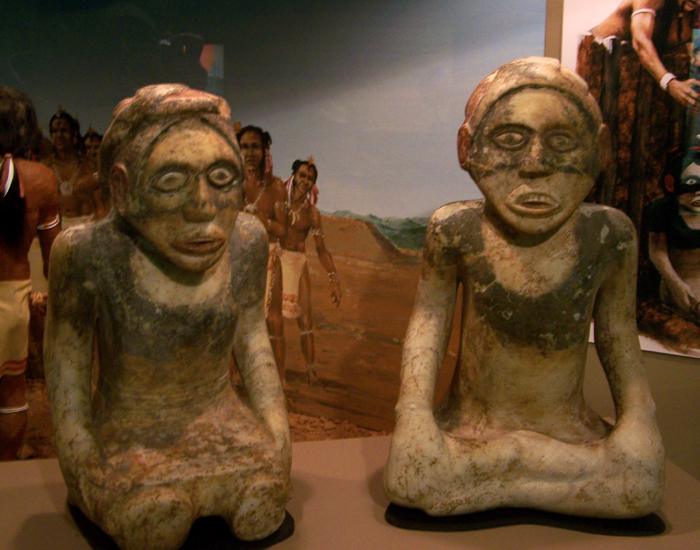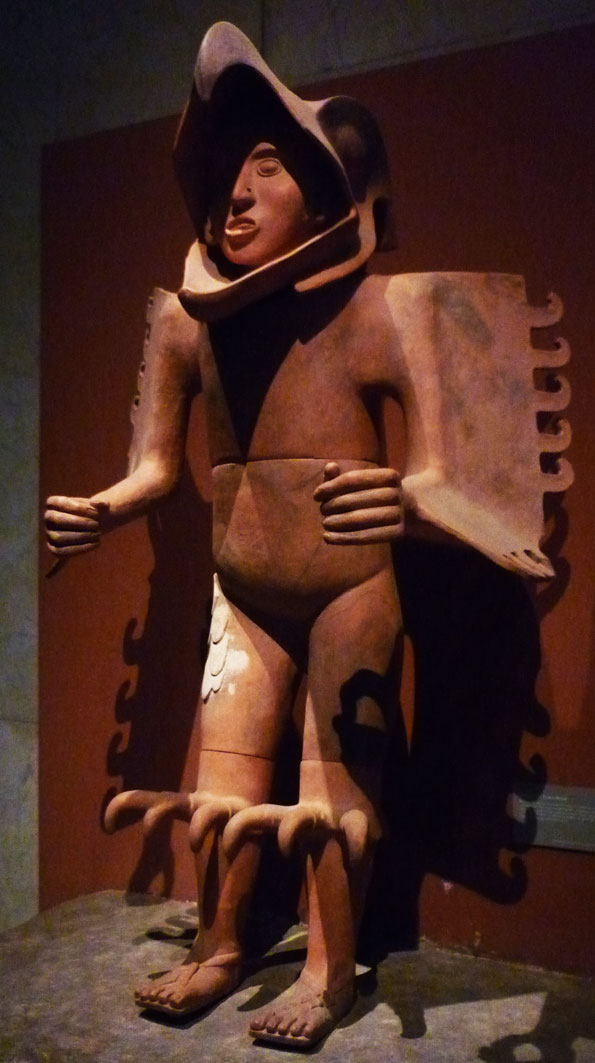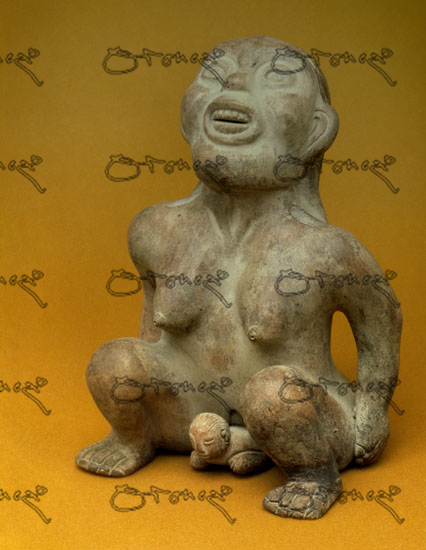Putting this in a spoiler tag so I don't hog up the page.
Chichen Itza was already in decline as an urban center by the eleventh century. There is little evidence for any major power in the Yucatan for most of the Early Postclassic.
I mean, that technically still falls within the range of the Postclassic, but you're right about Chichen's political (and cultural to an extent) dominance waning around 1000. I had some more dated data and sources about construction projects and regional archaeological phases in my head, but apparently the dates have been refined.
I would argue though that it was still quite urban despite losing some importance up until the thirteenth century, where both native historical (Chilam Balam, Diego de Landa) and archaeological sources state the city underwent a serious depopulation (though not necessarily complete abandonment). I'm not sure it would make sense for Mayapan to launch an invasion of Chichen Itza if it was already reduced to a rural town with no political importance.
I'm not sure where exactly you're getting the idea that Mayapan was an empire. Could you explain exactly? What exactly makes it imperial when it does not appear to have engaged in any major conquest, for one?
I feel you're misunderstanding me. Sky blue is closer to green than Navy blue, but neither of those are green. I'm just stating, in the absence of
actual examples of empire, the examples that come the closest to the definition even if the resemblance is small. In this case, Mayapan's unity of various Yucatan provinces together in a more or less centralized tributary structure.
As a pedantic aside, the ethnohistorical accounts of Hunac Ceel's defeat of Chichen Itza and distribution of territory among his Tabascan mercenaries strikes me a lot as conquest-minded.
It certainly did not. The Mayapan state's "territorial" (in quotes because Maya batabils were centered on control over communities, not territory) extent was not very much larger than the modern Mexican state of Yucatan, which covers only a small portion of the Yucatan Peninsula.
I say this because finding a good source for the actual geographic boundaries of the Yucatan has been quite difficult. Very few maps cut it off at the southern end of Belize, Wiki's unsourced interpretation seems to be the
smallest, but most maps seem to cut it off at the southern end of Quintana Roo, which more or less approximates the extents given by Ralph L. Roys of Mayapan's provinces (which is the source of the kuchkabal map I linked previously). I had the 'smaller' (e.g stops at QR) conceptions in mind.
Also, it was just Ecab that was governed entirely by
batab'ob. The other northern Yucatan states had a
halach uinik or similar central figure (often alongside a
halach uinik if the case)
In Mesoamerica, canoes followed the coastline ridiculously closely (to the point that there was little contact with Cuba, just two or three days' worth of sailing away). And I think it's difficult to say that there was trade in "bulk cargo" in the Caribbean; most Caribbean trade was in prestige goods.
Source on mostly prestige goods? Both Columbus' accounts and the archaeological record show a large mix of luxury and commodity goods, some of the commodities being fish, ground meal (corn or wild seeds), cotton and salt. There is well-documented evidence of a thriving salt trade in the Caribbean, that salt also used to store perishable meats. William Keegan and Corinne Hoffman's
The Caribbean Before Columbus goes a bit on this. In any case I was referring to the canoes' ability to haul large amounts of cargo, not necessarily detailing the type of haul.
The Maya had good reason to hug the coast. The ocean currents of the Gulf & Caribbean Sea are notably strong, and combined with the winds can give you a hard time even without a sail. If you wind up at the wrong place out at sea, the current's going to carry you and your canoe out at a rate even teams of paddlers in a relatively fast canoe will have trouble beating. It's just not worth exhausting yourself and surrendering to the sea. Combined with the prevailing winds, the Loop Current is a tremendous obstacle to canoe travel to Cuba. Yet despite the dangers the
inconclusive evidence for Mesoamerican-Cuban travel is interesting. I think since that article was posted there was a discovery of a jadeite deposit in Hispaniola which might explain the origin of some Caribbean jade, but I haven't found any explanations for the beeswax, which was apparently a relatively common commodity despite the Taino not raising bees.
Adding to the lack of Phoenician-levels of trade and cultural diffusion are the specifics of the trading culture. You don't just trade to get new stuff; trade is also a way to maintain relationships and power dynamics. For that, it's better to trade with people you've already established those cultural relationships with, or can otherwise easily establish through a shared culture or language. The existing canoe technology got to those places just fine for the purposes the Maya sought. It's when the purpose starts failing to fit what's available that you begin to see technological change.
There's not exactly a whole lot to diffuse anyway through just trade, outside of some styles of material culture (fashion, architecture, ceramics etc). Whatever they may have been able to diffuse, the people they could trade with usually had something similar that they preferred. Even writing; most Mesoamerican cultures had some tradition of painting information (many with phonetic elements), and Maya writing's ability to encode purely spoken langauge (never mind the fact that it's only good for Mayan languages) probably wasn't considered a huge difference from the other writing systems. Then there's the thing about the nature of Maya writing being totally different from how Phoenician script was used -- as far as we know, it was entirely a liturgical, upper class writing system. Not having a wide variety of Maya texts has hurt the study in this, but it does seem to be a rather inefficient system for accounting and other secular duties that could easily spread through prolonged contact.
Making cultures more Maya-like requires a stronger relationship than what a typical trade network would entail, especially a typical trading relationship with a foreign culture.












